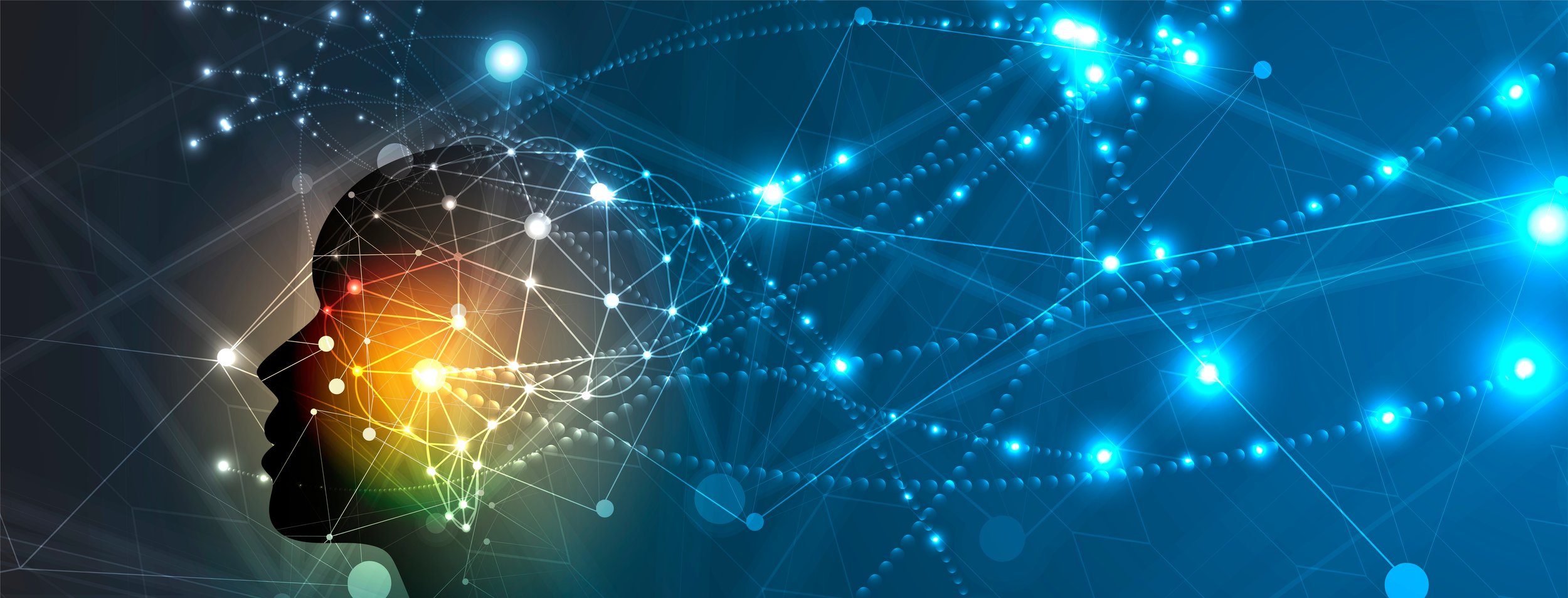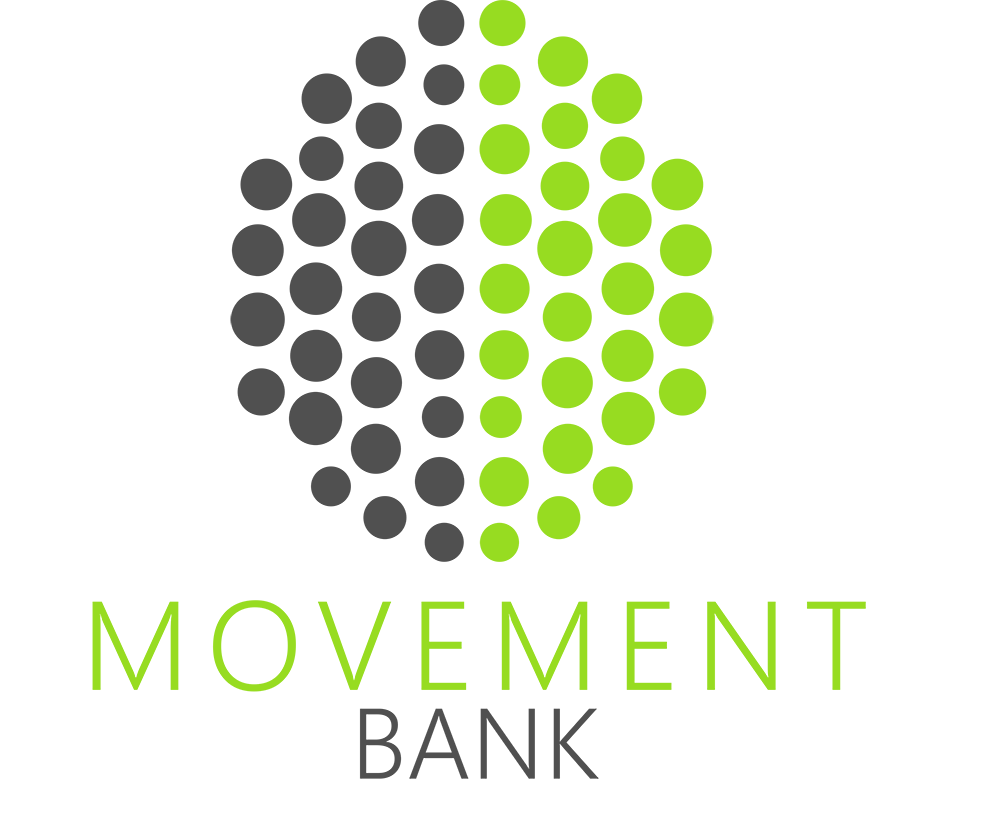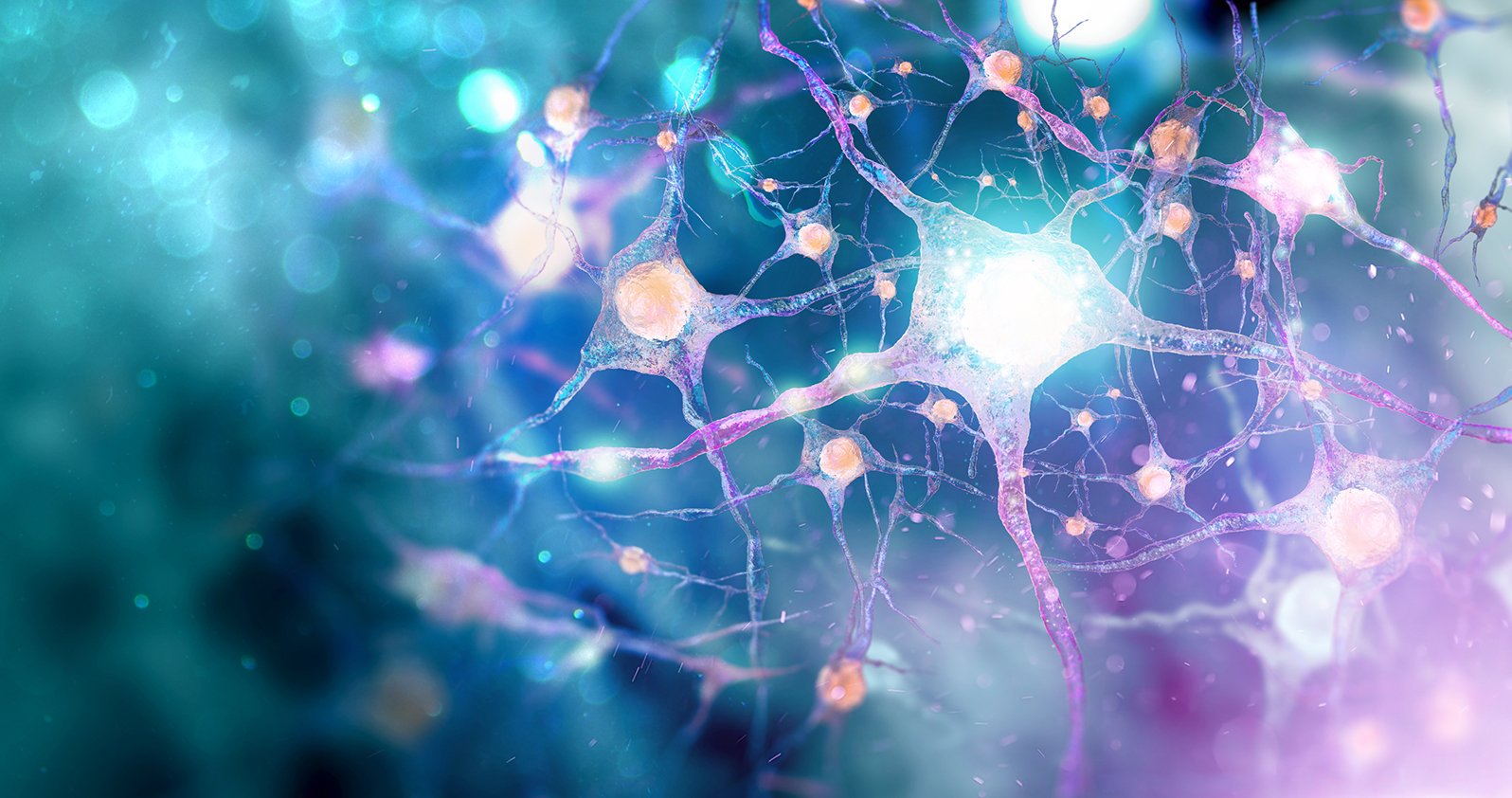
Method
Our ability to move well, confidently and pain-free is driven by our nervous system.
In order to have organised outputs, the brain needs to receive good inputs.
Most often, when there is a movement problem, the approach is to begin with the proprioceptive system. However, the nervous system is ordered and hierarchical. It needs the higher order systems of vision and balance to be working well first. This way, improvements made are more likely to be long lasting, reducing the chances of re-injury.
The Movement Bank Method is a comprehensive and holistic approach that draws on principles from cutting-edge neuroscience, including Proprioceptive-Deep Tendon Reflex (P-DTR), functional human movement, in-depth biomechanics, and foot function, along with tailored strength programming for optimal performance.
The Movement Bank Method achieves this by identifying where the body is missing accurate inputs and uses the body's innate healing ability to restore function.
The Movement Bank Method utilises tailored strength programming that ensures training is truly felt.
Your body feels strong, capable and connected.
So you can get on with the things you love to do!
P-DTR is a unique neurological therapy
Developed by Dr. Jose Palomar, a renowned neurologist and researcher. It draws on principles from neurology, biomechanics, neurophysiology, anatomy and extensive research to work directly with the central nervous system. P-DTR uses a comprehensive assessment process to identify and correct imbalances in the nervous system, which can lead to dysfunction and pain.
One of the unique aspects of P-DTR is its focus on the role of sensory nerve endings, or "receptors," in the function and processes of the central nervous system. By working with these receptors, P-DTR can be used to understand, assess and treat all kinds of dysfunction, pain and symptoms that it is possible to experience in the human form.
To illustrate the scope within which P-DTR is capable of operating, we can compare it to a computer system, where hardware, software and firmware work together. In the human body, the hardware is the bones, ligaments, organs, nerves, and blood vessels, while the software is the communication within the CNS and its many interconnected functions. The firmware includes primitive reflexes and some of the autonomic unconscious functions that our bodies perform.
As a therapy, P-DTR can be used primarily to treat the software and firmware components of the above analogy, however it also has an important role in treating the causes of some hardware problems such as chronic degenerative conditions or post-operative changes to the body's structure.




